Lace is a special fabric that the lingerie world is in love with. It’s a classically feminine touch that can be added to any piece of lingerie and even our clothing and accessories. You can find a lot of it on #ShopNTL, with lingerie made completely of lace and some with just some beautiful lace detailing. But the world of lace is much more expansive than you might realize, which may be confusing for some when you see us describe it along with our products or read about it on fashion blogs. So to help you navigate the world of lace, we’ve put together a glossary of lace-related terminology so you can become an expert on the versatile fabric.
First: What is Lace?
Lace is a fabric that was traditionally made from silk, linen, and even gold and silver. Silk lace is the most exclusive and expensive, and some very high-end French lace often takes advantage of this luxe fabric for brilliantly stunning lingerie. Much of the modern lace we see is made from cotton or synthetic fibres to make it more affordable, but it is still very pretty.
Bobbin Lace

Bobbin Lace Contraption via Google; Bohemian Romance Chemise With Garter by Montelle Intimates has trim that reminds us of lovely bobbin lace
Lace is made in this technique using bobbins and pillows. The threads are woven in a pattern with the pins, and are attached to the pillow to keep the pattern. It sounds a little bit confusing, but the lace that results from it is quite beautiful. While advances in technology eliminate much of the need for this technique, it is still seen and you can expect it to be bobbin when you see the most intricate, complicated designs in your lace.
Chantilly Lace

Dark Blue Chantilly Lace via Star Style Me Pretty; A panty which we think resembles the chantilly lace pictured, The New Minimizer Brief by Naturana Exklusiv
Chantilly lace, named after a city in France, is often seen in bridal wear. It consists of very fine detail and pattern created on tulle, and used to be made with black silk. What made chantilly lace so stunning when it was made predominately with black lace is that the stitching technique used often made the typically floral patterns appear to have shadows. It’s not seen as much in lingerie anymore, but Chantilly-inspired lace can be.
Raschel Lace

Natasha 48” Lacy Chemise With Removable Pads by Arianne Lingerie; Venice Love Teddy by Dreamgirl Lingerie
This is a very affordable type of lace made with a really cool machine. It creates very tight patterns of lace-like material by knitting the chosen material in rows of loops. Synthetic fibres tend to do well in these types of machines.
Lace Applique
A lot of our lingerie features a lace applique. Essentially, using either a needle or bobbin, a lace-like motif is created on top of netting to create the illusion of lace. This can be done in a specific pattern, like floral, or can just be a very intricate looking applique. This is a very common way to imitate the look of lace.
Eyelash Lace
Eyelash lace is a detail that can be added to many types of lace. Essentially, it’s a trim of several very thin strands of lace that align the garment that resemble the appearance of eyelashes. It’s a very soft detail that adds beautiful visual interest to a piece, and doesn’t really serve a purpose other than decoration. It’s a modern touch that is seen quite often in lingerie.
Scalloped Lace

Victory Padded Underwire Lace Longline Bra by Blush Lingerie; Iconic Essence Underwire Bra by Triumph Lingerie
Again, scalloped lace is a current element of lingerie that is all about the detail. Curved edges that come in and out align the ends, creating a very flattering line along the body. Montelle and Blush are famous for using this detail on their bras and panties.
This, of course, is just a very simple explanation of some types of lace, but we wanted to include what we felt would be helpful for you to navigate #ShopNTL and very simple components of the lingerie world.
What is your favourite type of lace? Share with us in the comments below, or chat with us on Facebook or Twitter. You can also follow our Lust for Lace board on our Pinterest page for all things lace, and learn more of our lingerie tips and tricks on our YouTube channel.
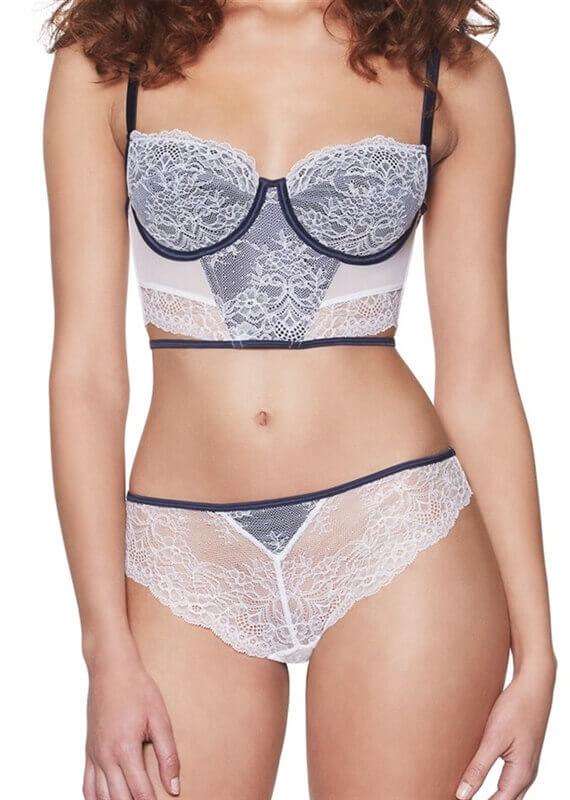
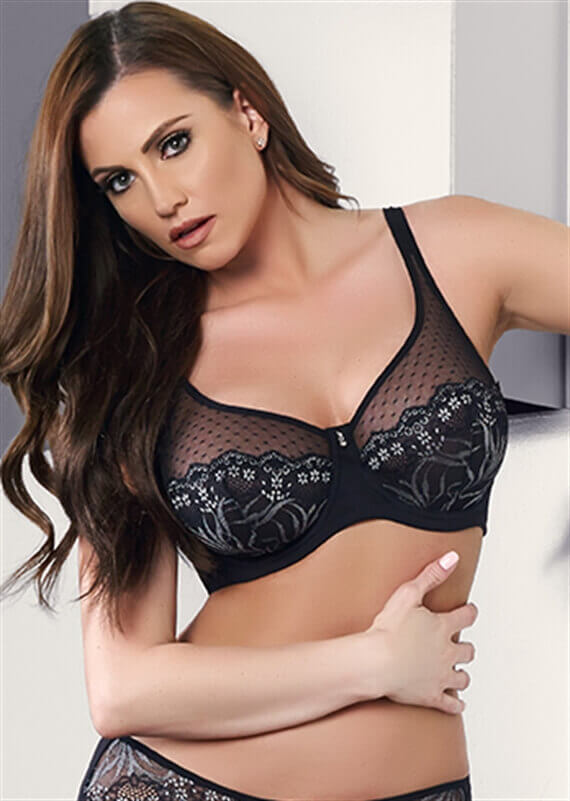


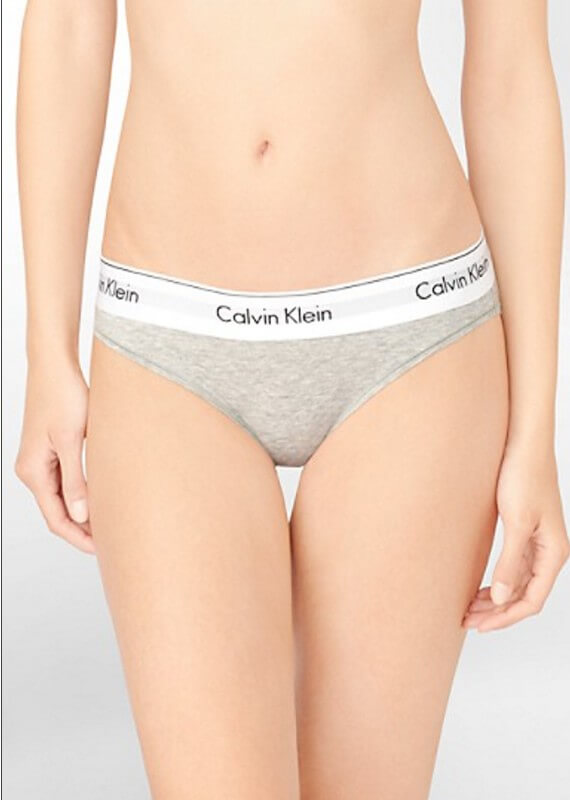
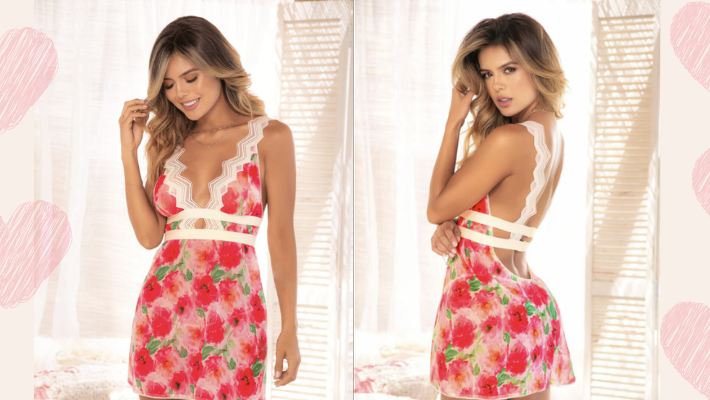
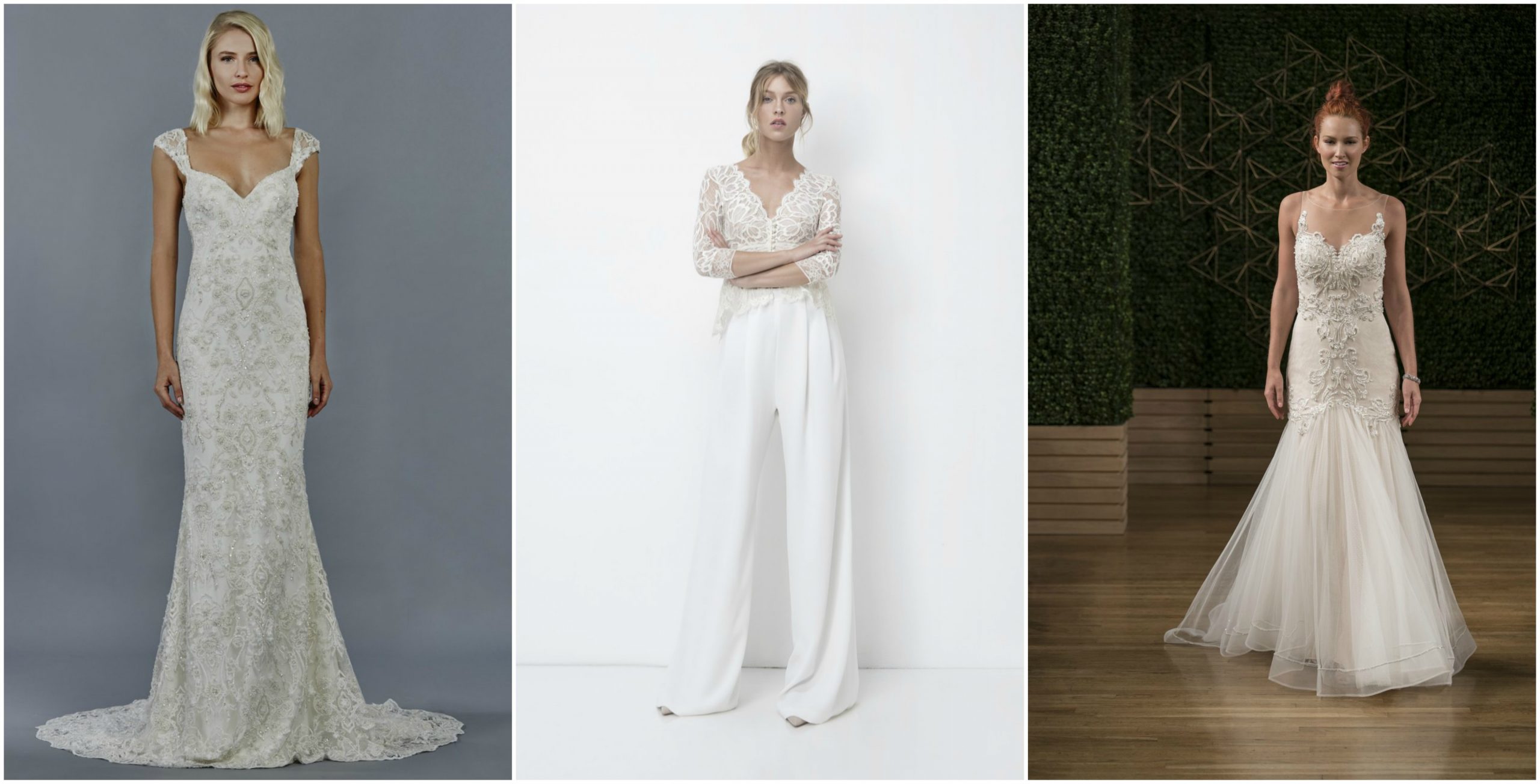
Leave a Comment